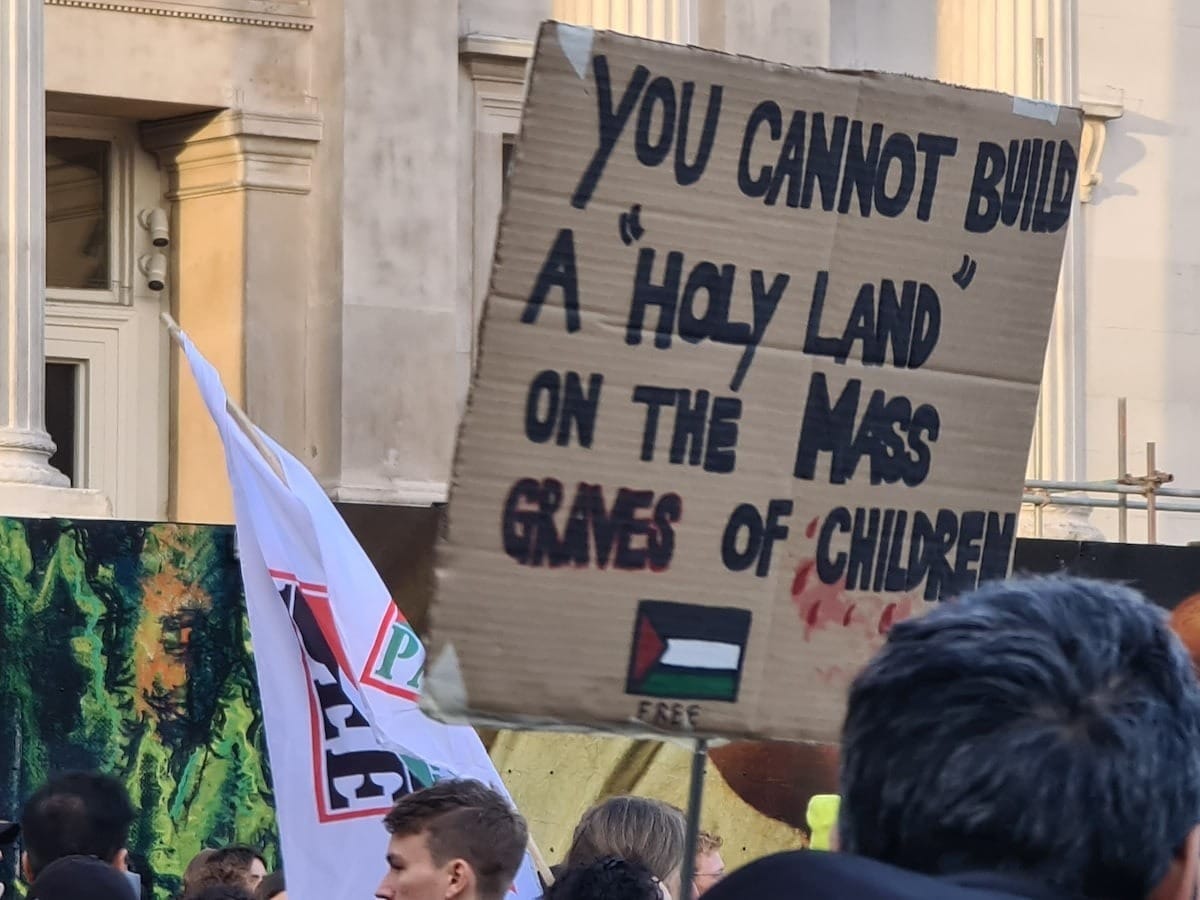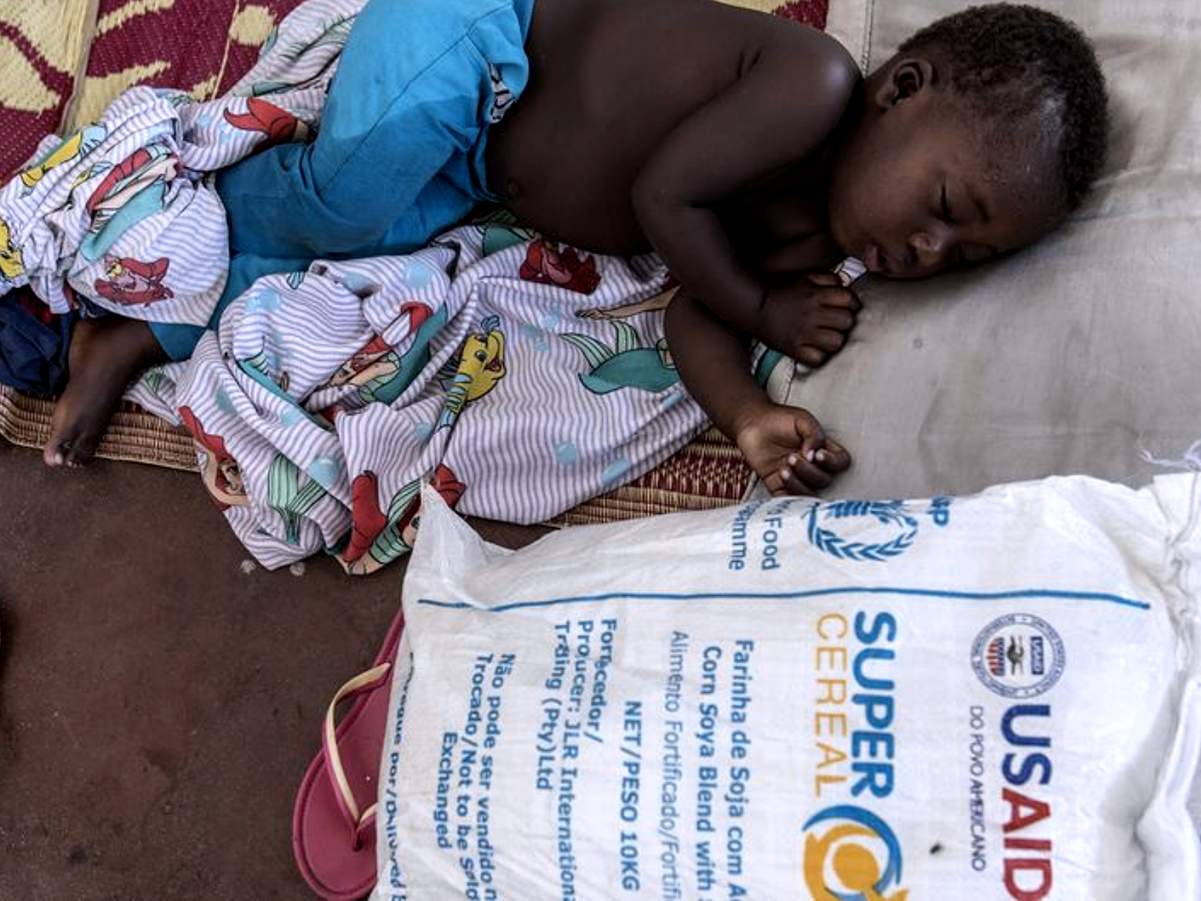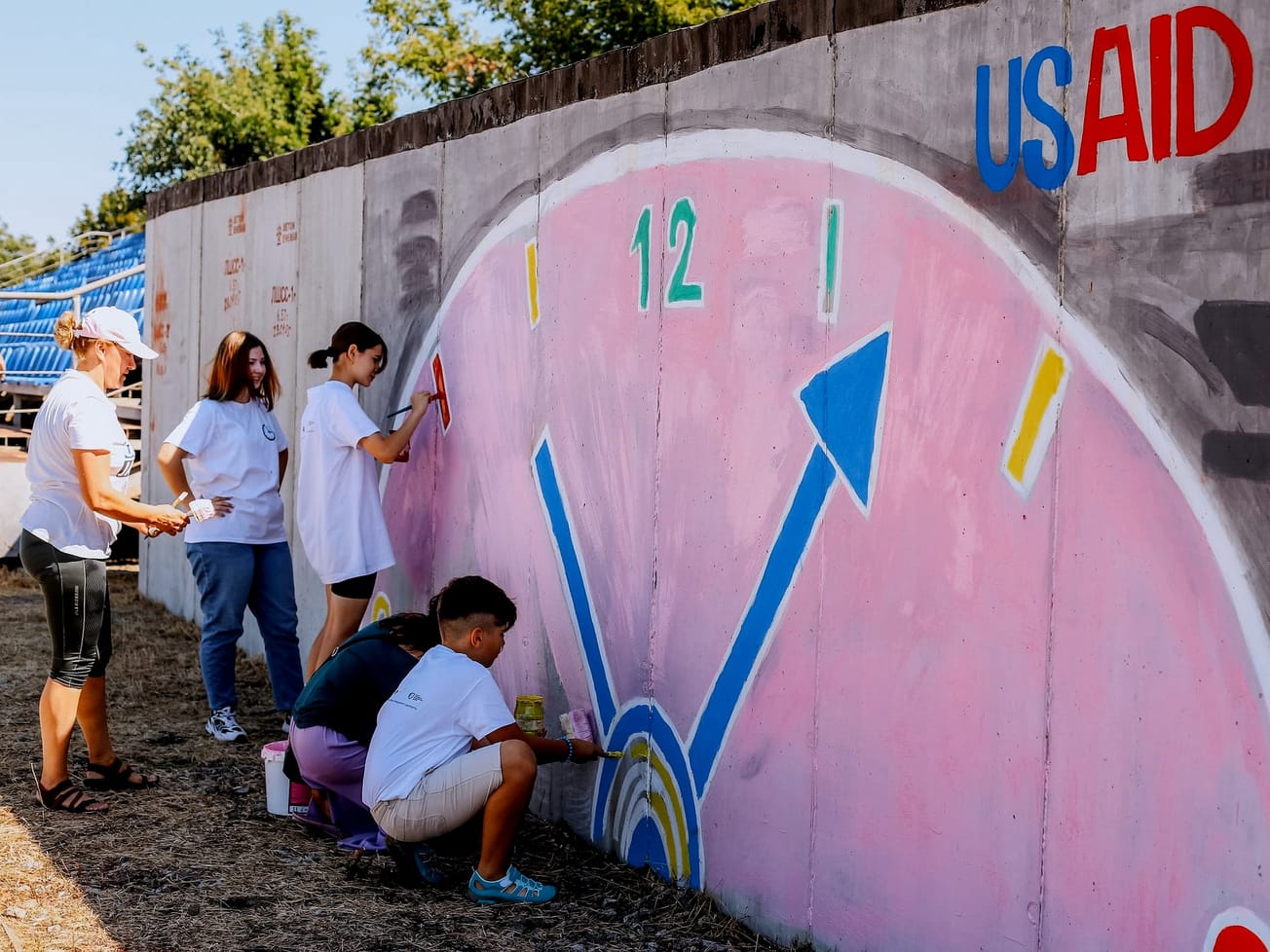Even as a four-day truce deal between Israel and Hamas took effect to swap prisoners and hostages, the casualties kept mounting and the suffering of innocents who have been uprooted from their homes and forced to live under fire with little health care, food or water ground on.
The pause in northern and southern Gaza began on Friday morning, clearing the way for much-needed humanitarian aid to flow into the devastated region where 2.3 million Palestinians had been living and 1.6 million are now displaced, according to U.N. tallies.









